How to Plan a Trip to Malta
Malta was a last-minute, spare-of-the-moment trip booked just two weeks before, and honestly, it blew my expectations away. Brimming with stately architecture, jaw-dropping cliffs and incredible dive sites, this lyrical landscape deserves much more credit. Here’s How to Plan a Trip to Malta.
I had no concrete plans or any idea of what to do, so, like any other go-getter, I free-balled it. Upon arrival, there was a colourful clash of European, Arabian and African influences.
Accentuated with abundant limestone coastline, Malta fuses ample cultural influences, architectural gems and awe-worthy waters to make it a heavenly bucket list destination.
As an archipelago in the Mediterranean, Malta, Comino and Gozo are the three main islands. So, let’s dive into this Malta Destination Guide.
8-Step Planning Checklist
Before you can take the full plunge, work your way through these eight simple steps. Whether you’re planning for the summer, spring, winter or autumn, planning a trip to Malta couldn’t be easier! Follow this checklist to begin the adventure of a lifetime!
Step 1: Determine the Destination Country & Cities
Step 2: Decide on the Trip Duration
Step 3: Figure out When is the Best Time to Visit
Step 4: Create a Travel Budget
Step 5: Book Your Accommodation (preferably 3 to 4 months in advance)
Step 6: Research & Organise Transport & Activities
Step 7: Get Your Documents in Order (Visa, Passport & Travel Insurance)
Step 8: Nail the Process with this Packing List
Best Time to Visit Malta
Malta’s climate is typically Mediterranean, with hot and dry summers between June and September. One of the best times to visit Malta is throughout the springtime (April, May and June) and autumn (September, October and November) when the days are slightly fresher and the nights are more bearable. With calmer waters, this is the best season to score more affordable accommodation, flights and activities prices.
The best time to visit Malta is between June and October. During this season, you can enjoy temperatures higher than 24°C. As winter starts to roll in, the temperatures begin to take a dip down to 18°C. December to February boasts a bit of rain and wild weather occasionally, but it’s still a pleasant time to go sightseeing.
Local Language
In Malta, the main languages are officially Maltese and English. Both are widely spoken throughout the main tourist areas. Up until 1934, Italian was the primary language spoken by the government and in schools. So, you can get by with Italian if need be. Prego!
Best Things to Do in Malta
So, you’ve got a game plan. You know the local language and the best time to visit Malta. Now, it’s time to get stuck into the fun stuff. One of the highlights of planning a trip is seeing what you can discover. Lucky for you, Malta is home to a massive haul of activities and attractions. The best part? Everything you’re about to see looks even better in real life! Here are the best things to do in Malta.
Malta (Main Island)
The main island of Malta is generally seen as the metropolitan heart, with plenty of things to do and see. With an influx of restaurants, bars and cafes popping up daily, the main island boasts something for every type of traveller.
Stop by the 17th-century Red Tower, feel the eerie ambience in St. Paul’s Catacombs and stop by the Tarxien Temples. Whatever you choose, you’ll be delighted by the history, architecture and array of activities.
Coral Lagoon (Mellieha)
Pinned as a local’s favourite, the Coral Lagoon (Mellieha) is one of the main island’s must-see spots. If you’re up for an adventure, you can jump in for a swim or snorkel. However, beware of strong winds, as the waves can get pretty rough. If you’re keen for a dip, St Peters Pool is a horseshoe-shaped natural pool with crystal clear water.
For some quality splish and splash, there’s also Qarraba Bay, the Blue Grotto, Riviera Beach, Imgiebah Bay and Golden Bay Beach. If you’re looking to avoid the crowds, I’d highly recommend making the journey in the early morning, that is, if you can get your ass out of bed. If not, the late afternoon would be your second-best option. Spruce things up with a trip to postcard-worthy Ta’ Marija Cave, located right near Santa Marija Bay.
St John’s Cathedral
This Roman Catholic Cathedral is one of the main island’s show-stoppers. As one of the most significant landmarks in Malta, St John’s Cathedral is a must-see for any culture vultures and art enthusiasts out there. Boasting Baroque art and relics, St John’s Cathedral is woven with a wealth of statues, smooth marble floors and intricately detailed ceilings.
Admission is 15€ for adults and 7,50€ for students, and anyone under 12 can enter for free. Audio guides are also available in various languages, including Maltese, English, Italian, French, German, Spanish, Japanese and Russian.
Comino Island
Comino Island is home to the most piercingly blue water I have ever seen. Hands down. It was so blue; I practically slapped myself in the face to assure myself that it was not a dream…
I’ve seen a lot of blue-ass water, from Menorca and Mallorca to the Amalfi Coast, but Comino Island hit me hard. Yowza!
I was absolutely gob-smacked, and I’m sure you will be too. If you’re planning a trip to Malta, Comino Island is a day trip you cannot miss!
Initially, we set out to spend one full day at the Blue Lagoon. However, it was so good that we went crawling back the following day for more.
It’s essential to consider the time of day you plan to visit, as the crowds get pretty hectic anywhere between 10:00 am to around 5:00 pm.
Comino Island Travel Tip: Here’s a fiery piece of advice: upon arrival, walk for as long as you can towards the centre of the island. The crowds will disperse and eventually begin to disappear the further you walk (big surprise; it turns out most people are lazy and want to plant le’ boot-ay in the first spot they see fit).
If you want your own little slice of paradise, I’d recommend enduring the heat and walking it out. Here are some walking track options you most certainly won’t regret:
Blue Lagoon > Santa Maria Bay: 20 minutes walking
Blue Lagoon > Crystal Lagoon: 10 minutes walking
Blue Lagoon > Saint Mary’s Tower: 20 minutes walking
Cominotto Beach
If you’re up to it, you can swim (or doggy paddle) from the Blue Lagoon to Cominotto Beach.
There’s an abundance of cool caves and untouched inlets to be explored and evidentially fewer people. Bring a pair of water shoes, as the area is pretty rocky.
You can catch a boat from either Gozo or Malta, for around €10.00 - 20.00 return, with boats departing every half an hour or so.
There’s also the option of hiring your own boat; if you don’t have a boat license, there are even a few self-drive options. I’d highly recommend this option as you can get there as early as you want (before the flocks of tourists arrive) and stay ’til your party pants turn purple.
Comino Island Travel Tip: Unfortunately, there’s not much shade, so be sure to bring heaps of sunscreen and make ends meet so you don’t look like a freshly cooked lobster. It’s advantageous to bring your own water and snacks, as the local kiosks are relatively expensive and have limited options.
If possible, try to limit the consumption of plastic bottles, food packaging, etc., because there are next to no bins in the Blue Lagoon. It’s nice to consider the locals and respect the beautiful land you’ll be prancing or strolling upon.
Gozo
The island of Gozo was once home to the Azure Window, which recently collapsed in 2017. Gozo also has a remarkable Roman Catholic Basilica with exceptional sea views, known locally as the Basilica of the National Shrine of the Blessed Virgin of Ta’ Pinu.
Personally speaking, a significant highlight of Gozo was our visit to Wied il-Għasri, a scenic cove with crystal clear waters, perfect for a dip. Just a short drive away is a fantastic red-sand beach called Ramla Bay.
Amongst other attractions, you’ll find Reqqa Point, the Salt Pans and Wied Il-Mielaħ, an astonishing seaside rock formation that resembles a window.
If you want to get active on your trip to Malta, the coastal trails in Gozo offer a few different routes with sublime panoramic scenery. If you only have time to do one, trek from Marsalforn to the (sadly now gone) Azure Window.
Best Activities in Malta
If you’re looking for top-rated tours in Malta, you’re in the right place. Here’s the best of what Malta has to offer:
How to Get Around Malta
As for transportation, the public transport system functions quite well. However, getting a private transfer or hiring a car or motorbike is always possible. I’m an advocate for opting towards a motorbike because it will cost you less money in petrol and save you a lot of time getting through traffic.
Where to Stay in Malta
So, now that you’re up to speed on all the top spots, it’s time to figure out where to stay in Malta. As for accommodation, if you’re into resorts and hotel-style stays, there are plenty of great options near the docks with pools and happy hour specials. There’s also an abundance of available Airbnbs with wifi and amenities. If you’re tight with expenditure, I’d opt for a hostel or an AirBnB. Here are some of the best places to stay in Malta.
Valletta
Valletta is Malta’s famed walled fortress and capital city, and it’s jam-packed with historic churches and museums. This is a suitable option if you’re wondering where to stay in Malta for the first time. As the smallest capital city in the European Union, this northern-situated spot takes charm and romance to a whole new level. With pedestrianised streets and a labyrinth-like loop of alleyways, the Maltese capital is fit for couples and history buffs.
Mellieha
Mellieha sits directly on the bay and offers many mid to high-range hotels. It’s also packed with great restaurants and substantially less wild nightlife than the capital city, Valletta.
Sliema
Sliema is typically known as the commercial capital, and it’s great for those who love shopping and fine dining experiences. Sliema is home to some of Malta’s most exclusive resorts, so get in quick and book ahead if you want a luxury-style experience.
Gozo
As the second-largest city in the Maltese archipelago, Gozo is a great place to unwind and lose track of time. With a lack of nightlife, this city offers spectacularly secluded beaches and many family-run restaurants. Gozo is one of the best places to stay in Malta for families, couples and those seeking serenity. If you’re a wine enthusiast, there are a handful of vineyards to visit. Bottoms up!
St Julian’s
St Julian’s is a former fishing village nestled between Balluta Bay and Spinola Bay. Situated on the other side of Sliema than Valletta, this urban area is best suited to nightlife lovers. Where are my fellow party animals at?
If you’re after a taste of the nightlife, St Julian’s is next to the notorious party-central Paceville. The northern end of St Julian’s has luxury four and 5-star hotels and a colourful bounty of boutique accommodation options.
Il-Gżira and Msida
Il-Gżira and Msida are commonly known as Maltese residential areas. Boasting better budget accommodations and pocket-friendly eateries, these are the ideal spots for backpackers and wallet-conscious travellers.
These two towns are well-connected with public transport, so if you want to explore, you’re set for gold.
St Paul’s Bay
St Paul’s Bay caters to those seeking sun, sea and a non-stop fiesta atmosphere. If you’re looking for the best area to stay in Malta for beaches, St Paul’s Bay is your best bet.
This island area is home to large resorts and endless activities, so it’s an ideal option for those looking for the best of both worlds.
St Paul’s Bay offers easy access to some of the island’s best beaches. The town is teeming with cute cafes and trendy restaurants. Compared to Sliema and St. Julian’s, St Paul’s Bay is quieter and much more laid back. This is arguably one of the best places to stay in Malta for families and low-key travellers.
Top Malta Hotels:
€€€: Roselli
How to Get Around Malta
If you’re planning a trip to Malta, it’s essential to think about how you’ll get around. This southern-situated European archipelago is arrayed with several transportation options. Here’s everything you need to know about getting around Malta.
Buses
Public buses are the most common mode of transportation in Malta. The Maltese bus network covers most of the island, including major attractions and popular tourist destinations. Buses are operated by Malta Public Transport (MPT), and the main bus terminal is situated in the capital city, Valletta. You can buy bus tickets from the driver or use a Tallinja card.
Taxis
Taxis are available across Malta, and you can find them by calling a taxi service, using a mobile app or heading to designated taxi ranks. Be sure only to use licensed taxis (with a white license plate) and ensure the driver uses the metre.
Ferries
If you want to explore Malta’s sister island, Gozo, you can jump aboard a ferry from Ċirkewwa (in Malta) to Mgarr (in Gozo). Gozo Channel provides the ferry service, which takes around 25 minutes. In most seasons, ferries operate regularly throughout the day. You can choose to walk on as a foot passenger or drive on board with your car or motorbike.
Rental Cars, Scooters & Motorcycles
Renting a vehicle offers convenience, independence and flexibility on your trip to Malta. You can book a car, scooter or motorcycle in advance or upon arrival. If you plan a trip to Malta during the high season, I recommend booking ahead of time.
Scooters and motorbikes are better for navigating narrow streets and coastal roads; you can also ditch the traffic jams and parking fiascos. In Malta, locals drive on the left-hand side of the road.
Bicycles
In recent years, Malta has developed a growing network of cycling lanes and paths. Most significant areas have become bicycle-friendly, and some hotels and rental stores even have bicycles for hire. If you’re keen to get active and away from the busier areas, cycling is an ideal option to get around Malta.
Walking
Of course, you can use your good old feet. Walking is an excellent choice whether you want to strut, take it slow or moonwalk your way through Malta. Many major attractions are within walking distance of each other, especially in the major cities. Walking offers insight into the island’s charm; you might even discover some hidden gems along the way. Be sure you wear comfortable walking shoes and bring water, especially in the hotter months.
Malta Airport
If you want to visit Malta, you’ll most likely arrive at the only international airport in Luqa, Malta Airport. Situated 5 km southwest of Valletta's capital, the airport is well-connected to major towns.
Multiple international airlines operate flights to and from Malta, like Air Malta, Ryanair, easyJet, and Lufthansa. The archipelago is connected to numerous destinations in Europe, North Africa and the Middle East. The Malta Airport offers several facilities and services like duty-free shops, restaurants, car rental agencies, currency exchange and ATMs.
To get to and from the Airport, you can rely on taxis, public transport, private transfers and car rental services. The drive to Valletta is roughly 20 minutes. If you’re on a budget, choose the buses and look at the timetable and routes.
3-Day Malta Itinerary
Take the hassle out of the planning process and enjoy this flexible 3-Day Malta Itinerary. Put together by yours truly; this loose schedule hits all the highlights across the three main islands of Malta, Comino and Gozo. You’ll have plenty of time for spontaneity and adventure, and you can pick and choose what’s best suited to you. Here’s a quick recap of how to spend three days in Malta.
Day 1: St John’s Cathedral, Corral Lagoon & Valletta
Day 2: Comino Island
Day 3: Victoria, Blue Hole and Fungus Rock & Wied il-Għasri & Ramla Bay
Whether you’re a fan of picturesque scenery, crystal clear waters, or off-the-radar adventure, I assure you that these spots will not disappoint. Be sure to add Malta as a destination to your Travel Bucket List. This comprehensive guide on How to Plan a Trip to Malta can kick the hassle out of your next getaway. So, what are you waiting for?

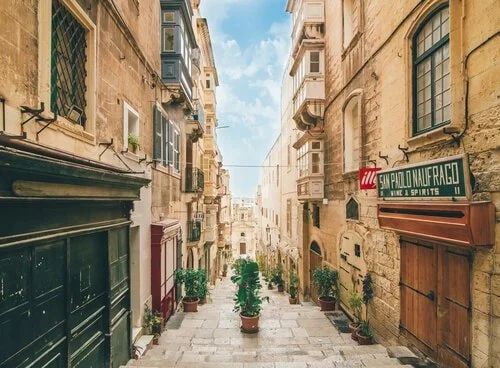
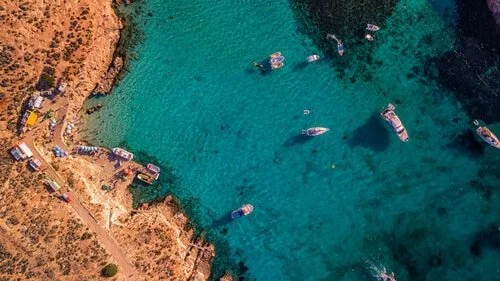
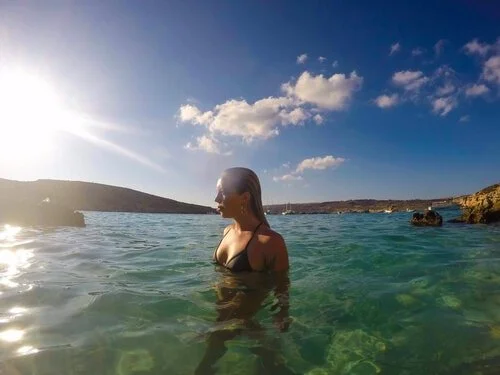

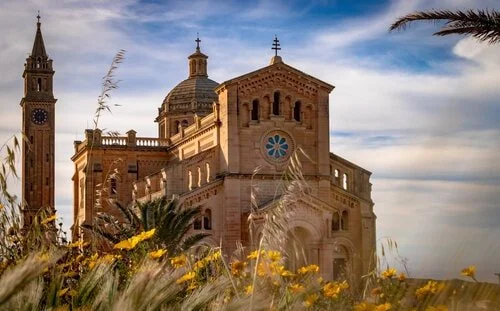
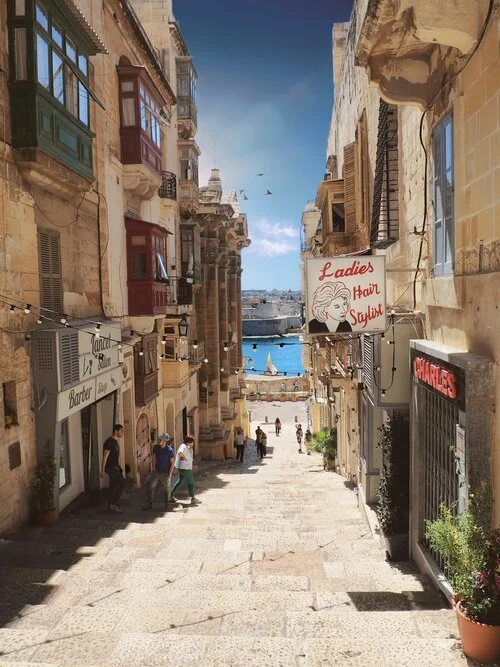
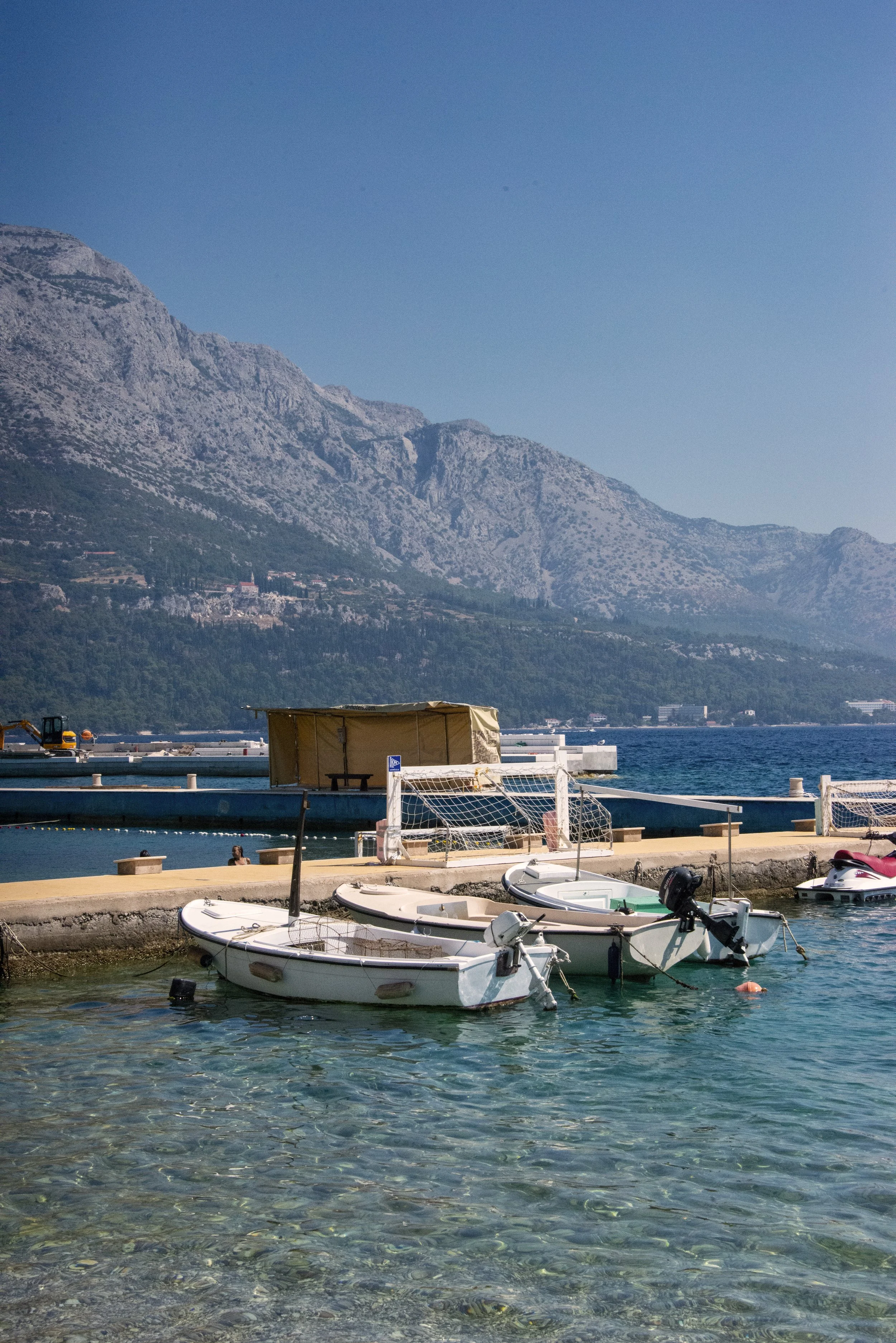
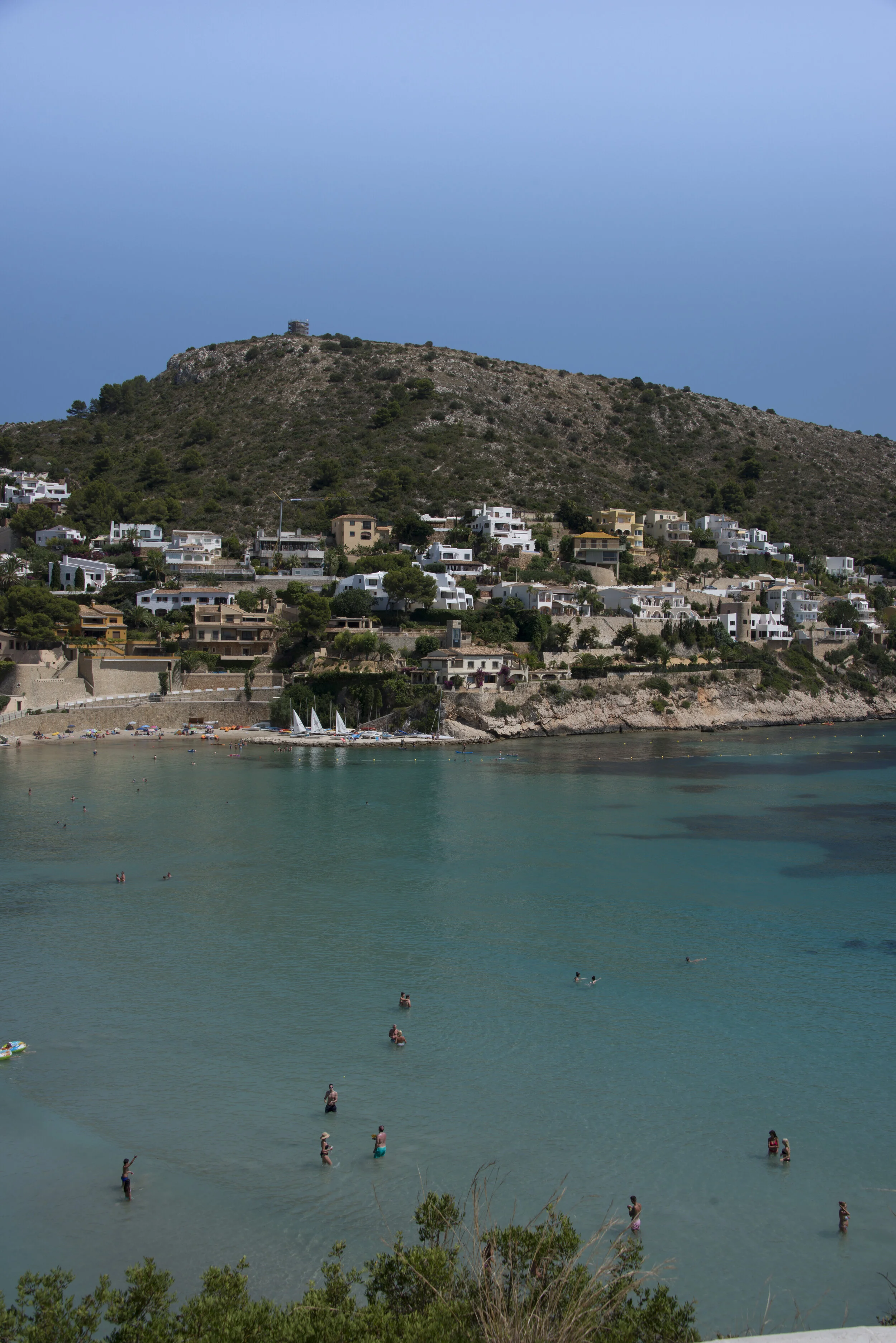







Situated at the foothills of the Sierra Nevada mountain range, this city boasts something for adventure, architecture and nature lovers alike. From the ancient Alhambra Complex to the saline white streets of Albacín, this Spanish city is steeped deep in charm. If you’re wondering how to plan a trip to Granada, look no further!